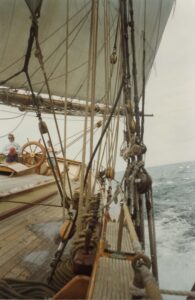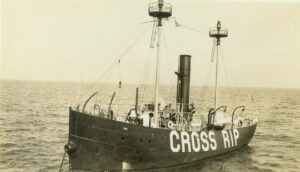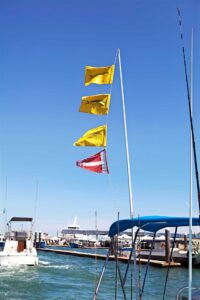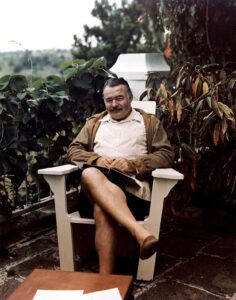Long before the first contact with American fur trappers and settlers in the early 1800s, the Washoe tribe of Native Americans claimed Lake Tahoe as their summer home. The shores of the lake served as part of their annual migration for at least 2,300 years before the U.S. government surveyor, John Fremont, gave the first written description of the Washoe people in 1844. At that time, the Washoe, whose name means “people from here,” numbered about 3,000.
“The Maker of All Things was counting out seeds that were to become the different tribes,” said a tribal elder, “he counted them out on a big winnowing tray in equal numbers. West Wind, the mischievous wind, watched until the Maker had divided the seeds into equal piles on the basket. Then he blew a gust of wind that scattered the seeds to the east. Most of the seeds that were to have been the Washoe people were blown away. That is why the Washoe are fewer in number than other tribes.”
These original inhabitants of the Lake Tahoe area, considered their homeland to be a 2,000-square-mile area centered on the large lake, and bordered by the Sierra Nevada mountain range to the west. They respected the flora and fauna of the region, and learned how to live sustainably within their tribal boundaries throughout the change of seasons. The Washoe traditionally spent their summers at Lake Tahoe.
Lake Tahoe, located at an elevation of over 6,000 feet, is the largest Alpine lake in North America and is over 1,500 feet deep. The lake, part of a basin surrounded by higher mountains, is filled by snowmelt and rain running down from the mountains through over 60 creeks. In early June, thousands of fish would swim from the deep lake up the creeks to spawn. “There were so many fish that the people waded into the water with baskets and tossed the fish onto shore to be cleaned, and placed on racks to dry,” according to tribal history. “At the height of the spawning, fishing continued into the night by torchlight. The fires created just enough light to reflect off the silvery back of the fish so the people could keep working. The runs lasted for about two weeks, in which large amounts of fish were eaten and prepared for use later in the year. Large fresh fish were wrapped in sunflower leaves and placed under the coals, and smaller fish were cooked in coarsely woven baskets with coals or hot rocks.” Fish were also dried or smoked to be eaten later in the year as jerky, boiled, or pounded and added to other foods.”
The shores of Lake Tahoe rounded out the tribal diet as a gathering place for wild species of berries, rhubarb, cattail, sunflowers, onions, mustard, spinach, turnips and celery. The staples of the Washoe in the winter were pine nuts and acorns, which were collected and dried in the fall.
Legend has it that creatures with special powers inhabit the Washoe territory. Cave Rock on the eastern shore of Lake Tahoe is the home of “Water Babies.” These creatures lived in all bodies of water, and they could alternatively be a bad or good omen. Washoe healers visited the Water Babies at Cave Rock to renew their mystical powers and pay their respects. For the tribal members who neglected their duties, they risked being visited by a man-eating giant, that lived close to Cave Rock.
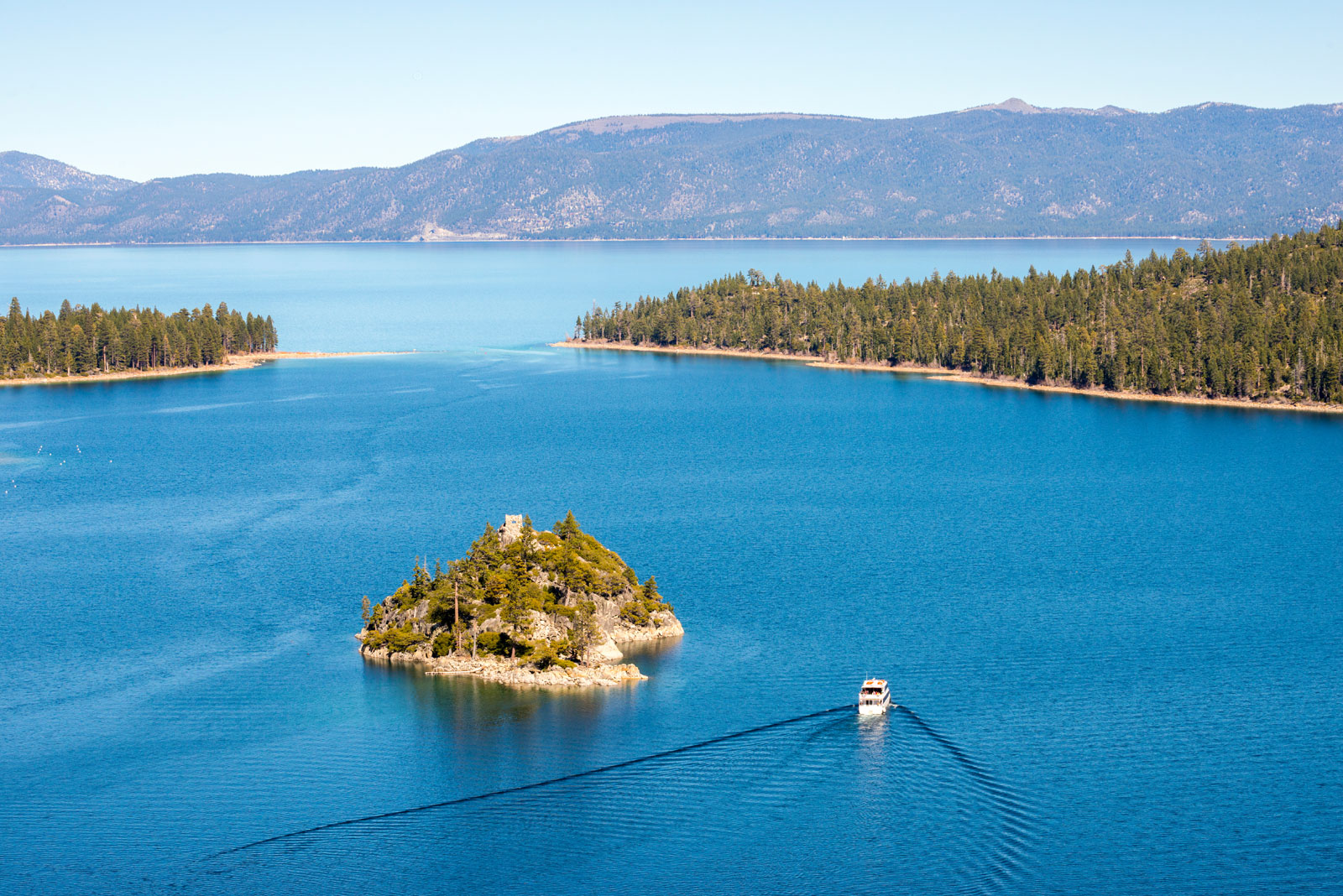
As happened elsewhere in the United States, indigenous peoples were marginalized and relocated to reservations, and their land and culture destroyed, and the Washoe fared no better. The lake they called Da ow aga, was renamed Lake Bigler in 1870 by the Nevada state legislature. However, most of the nearby settlers called it Tahoe, a mispronunciation of the Washoe word “Da ow” or lake. Finally in 1945, it was officially granted the name Lake Tahoe.
Today in the summer season, Lake Tahoe is devoted to the tourism industry; water sports, hiking and bicycling, as well as casinos. There are over a dozen marinas, a half-dozen boat launch ramps and a smattering of public piers available on a first-come, first-served basis.
In 1925, the Tahoe Power Boat Club was organized with the express purpose of staging motorboat regattas. Within a short time, many of the wealthy capitalists who had homes on Lake Tahoe were competing in the speedboat races. Well-known sportsmen like R. Stanley Dollar, Leland Stanford Scott and Henry Kaiser were
actively racing in wood and aluminum speedboats throughout the 1930s and ’40s.
Every summer since 1972, the Lake Tahoe Concours d’Elegance serves as the major summer event for the local boating community. The Concours is a nationally acclaimed show for the highly varnished topsides and decks of wooden speedboats that have been authentically restored.
For the visiting boater, whether trailering their own boat or renting one on the lake, Tahoe offers perfect summer days on the water and a whole host of shore-based events during the evenings. Concerts, art, theater and festivals galore offer visitors to the area a multitude of choices for entertainment. Historical sites, museums and tours also provide a snapshot of the life of the Washoe, as well as the development of the area by American pioneers. Even after a short visit, it is easy to understand why Lake Tahoe became a premier vacation area during the 20th century.
Capt. Jeff Werner has been in the yachting industry for over 25 years. In addition to working as a captain on private and charter yachts, both sail and power, he is a certified instructor for the USCG, US Sailing, RYA and the MCA. He is also the Diesel Doctor, helping to keep your yacht’s fuel in optimal condition for peak performance. For more information, call 239-246-6810, or visit MyDieselDoctor.com. All Marinalife members receive a 10% discount on purchases of equipment, products and supplies from Diesel Doctor.


